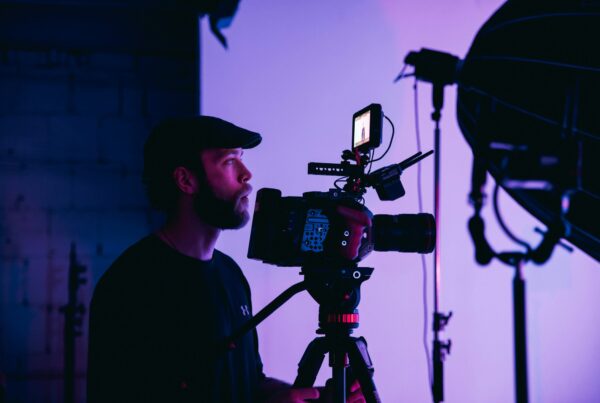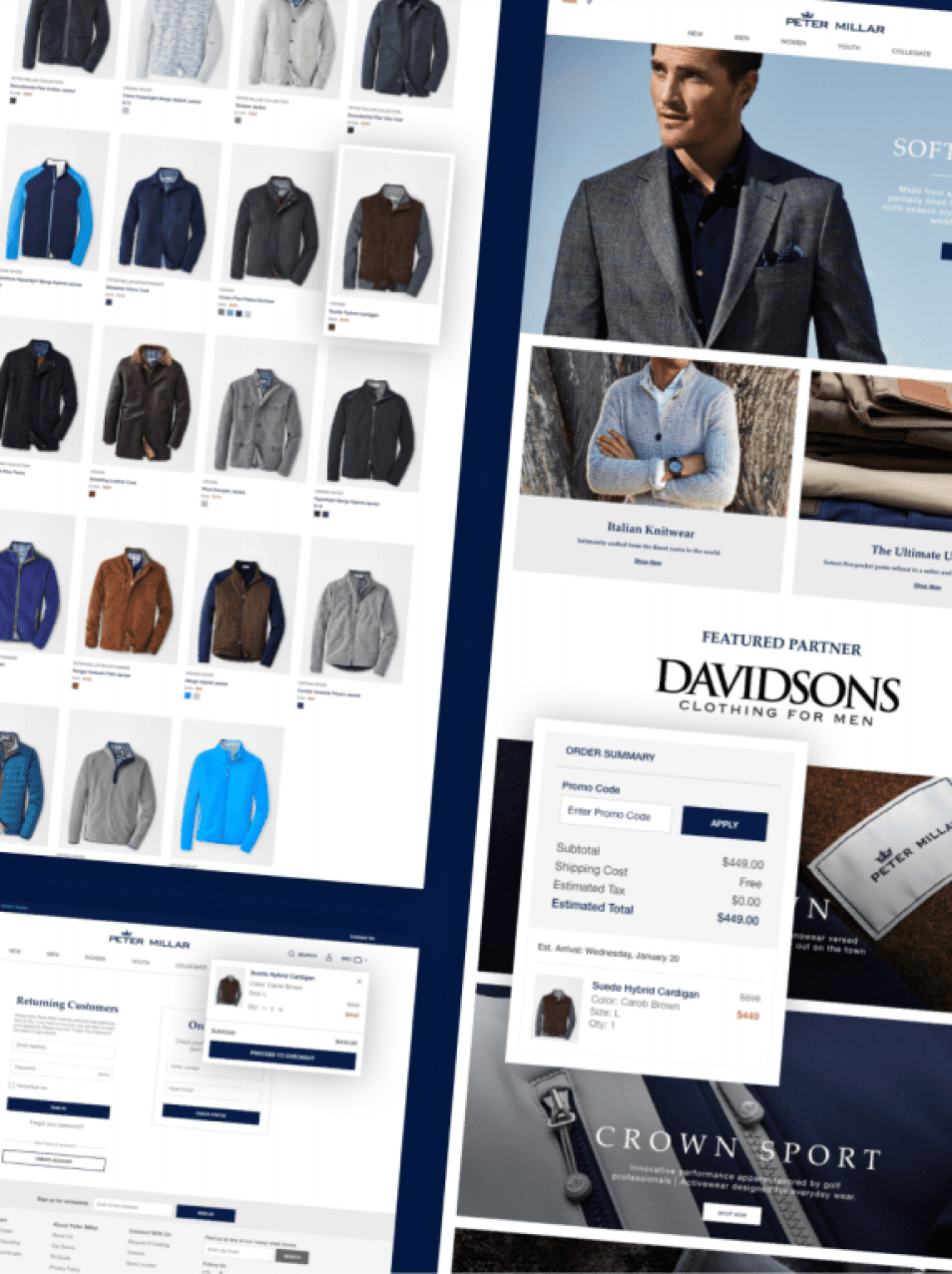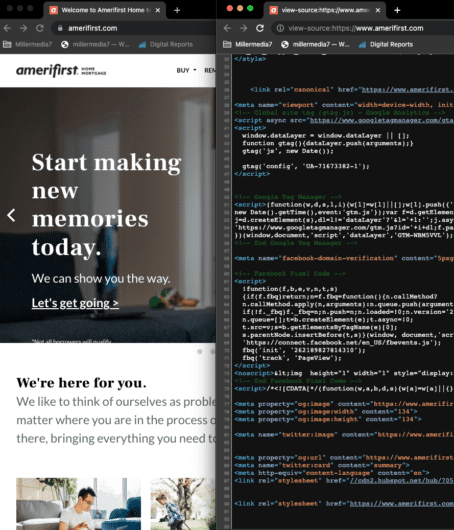Technology branding isn’t easy—but it’s one of the biggest growth opportunities today. In the fast-moving tech world, where new ideas pop up daily, and products can often feel confusing or complicated, having a strong brand is no longer optional, it’s essential.

Research shows that consistent branding can increase revenue by up to 23% (Lucidpress), making it a major driver of business success. A great brand can turn a complex solution into something customers actually want, build loyal followings, and help a company rise above a crowded, competitive market.
Still, technology branding comes with challenges: How do you simplify without losing depth? How do you speak to both engineers and everyday users? How do you stay memorable when trends change overnight? In this guide, we’ll break down how to master both the art and science of technical product branding – with actionable strategies, real-world examples, and a sneak peek into the future.
Technology Branding: Understanding the Challenges
You need to choose complexity or simplicity. Technical products often have features and specs that excite engineers but confuse customers. Successful branding finds a way to honor the product’s complexity while communicating its value simply and clearly.
It’s tempting to lead with features; after all, the technology is impressive! However, customers (especially non-technical ones) care more about benefits. How does the product improve their lives? A strong brand story shifts the focus from what the product does to why it matters.
The needs of your audience are often diverse. Your audience needs CTOs, procurement IT business owners, marketers, or consumers. Effective branding speaks to each of these groups without alienating others.
With new tech solutions launching every day, brands need to be distinct. However, clear positioning, emotional resonance, and a memorable identity are key to rising above the noise.
Strategies for Communicating Complex Features to Non-Technical Audiences
When it comes to technical products, the real challenge isn't just building great solutions—it's explaining them in a way that non-technical audiences can understand and get excited about. Technology brands need to translate complexity into clarity without losing the essence of their innovation to truly connect with a wider customer base.
Storytelling is your superpower for making technical concepts relatable. Instead of focusing on specs and features, frame your product with a narrative highlighting the problem it solves. People remember stories far more than they remember data points. A well-crafted story makes your product feel personal, tangible, and essential. For instance, rather than saying, "our device has 128-bit encryption," tell how it protects a small business owner’s livelihood from cyber threats.
Analogies and metaphors are key when it comes to breaking down complex features. Comparing your cloud storage solution to a virtual filing cabinet or describing AI as a "digital assistant" that learns your habits makes technical ideas accessible and intuitive. Real-world tech brands like Dropbox famously described their service early on as "a magic pocket for all your files" – a simple metaphor that resonated with millions.

Remember that visual communication matters. Infographics, explainer videos, and interactive demos can better simplify technical concepts than text-heavy brochures. A simple, intuitive visual can convey what a thousand words can't. Visual storytelling simplifies and builds trust and emotional connection with your audience.
Technical jargon may make your team sound smart, but it risks alienating potential customers. Instead of talking about APIs, data parsing, or blockchain nodes, focus on what your technology does for the user – saving time, keeping data safe, or streamlining a daily task. Clear, benefit-led messaging keeps the spotlight where it belongs: on the customer's needs.
For example, Slack positioned itself not as a "real-time cloud-based collaboration hub," but simply as "where work happens," focusing on the clear benefit of making team communication easier and faster without overwhelming users with technical terms.

Another great example is Zoom’s marketing, which emphasizes "bringing teams together effortlessly" rather than detailing its video compression algorithms. The key is to make the benefits immediately obvious without needing a technical dictionary.
These techniques help technology branding bridge the gap between innovation and understanding, ensuring that even the most complex technical products feel simple, valuable, and approachable.
Building Trust and Credibility in the Tech Market
In an industry as competitive—and at times overwhelming—as tech, trust is one of the most valuable currencies a brand can earn. Buyers today are savvier than ever. They don’t just look at feature lists; they seek reassurance, credibility, and authenticity before deciding. Building that trust requires a deliberate, ongoing strategy.
The Importance of Thought Leadership
Thought leadership positions your brand not just as a vendor, but as a trusted advisor. Companies can establish themselves as authorities in their field by sharing valuable insights, trend analysis, and expert opinions. Blogs, whitepapers, webinars, and guest speaking opportunities allow brands to showcase their depth of knowledge without directly selling.
Take HubSpot, for example; their library of free educational content turned them into one of the most trusted names in marketing technology, long before many customers even needed to buy a product. Leading with education builds long-term relationships rooted in respect and trust.

Leveraging Social Proof and Customer Testimonials
Nothing builds credibility faster than proof from peers. Customer testimonials, case studies, and third-party reviews offer relatable stories that validate your product’s effectiveness. Highlighting real-world successes shows that others have placed their trust in your brand—and been rewarded for it.
Software companies like Monday.com skillfully weave customer stories into their marketing, showcasing how teams across industries have improved collaboration and productivity. Social proof can be the deciding factor in a market flooded with options that tips a prospect toward choosing your solution.
Transparency in Product Capabilities and Limitations
Focusing only on the highlights when promoting a technical product is tempting, but savvy buyers can sense when something sounds “too good to be true.” Brands that honestly communicate their strengths and their products' realistic use cases and limitations earn more respect.
Being upfront about what your product is and isn’t prevents mismatched expectations and reduces churn later. For instance, Basecamp, the project management tool, is famously transparent about not being a good fit for complex enterprise needs, and it has built a fiercely loyal customer base because of it.
Consistent Brand Voice Across All Touchpoints
Consistency breeds familiarity, and familiarity breeds trust. Whether a customer reads a blog post, attends a webinar, talks to sales, or uses your app, the brand experience should feel cohesive. Inconsistent tone, messaging, or visual identity can confuse customers or suggest your brand lacks focus. Instead, build a clear brand voice, whether it's friendly and conversational or expert and authoritative, and apply it consistently across every platform and interaction.
Salesforce, for example, maintains a consistently optimistic, customer-first voice across its website, social media, events, and support materials, reinforcing a trustworthy and recognizable brand experience.

Ultimately, trust isn’t built overnight. It’s earned through repeated, positive interactions, honesty, and a customer-first mindset. Brands that invest in building credibility create loyal advocates who stick around long after the initial purchase.
Real Case Studies: Successful Brands in the Tech Industry
Real-world success stories show how leading tech companies have mastered the art of technology brands' complex products, turning innovation into trusted, relatable experiences.
Dropbox
Dropbox is simplifying cloud computing for the masses. Dropbox succeeded by stripping away technical complexity. Instead of focusing on data storage and sync protocols, they told a simple story: “Your stuff, anywhere.” Their friendly tone and clean design made cloud storage feel accessible to everyone.

Grammarly
Grammarly, the AI-powered writing assistant, offers a great example of how to humanize complex technology. While natural language processing (NLP) and machine learning fuel Grammarly’s core product, the brand focuses less on the technology itself and more on empowering people to express themselves clearly and confidently.

Instead of overwhelming users with technical jargon about algorithms, Grammarly frames its AI as a helpful, friendly partner. Its interface is intuitive, providing suggestions in a conversational tone ("Consider rephrasing for clarity" rather than "Syntax error"). Grammarly built widespread trust and adoption by focusing on human outcomes instead of machine learning capabilities, with over 30 million daily active users as of 2024.
CrowdStrike
CrowdStrike, a leading cybersecurity company, built immense trust by focusing on speed, transparency, and proven outcomes. Instead of overwhelming customers with complex cybersecurity jargon, CrowdStrike communicates a simple, powerful message: "We stop breaches."
Their brand storytelling focuses on real-world results, like stopping ransomware attacks in under a minute. To maintain transparency, they regularly publish independent threat reports. By combining rapid, proven protection with clear, accessible communication, CrowdStrike has become one of the most trusted names in cybersecurity, growing its annual revenue to over $3 billion in 2024. In cybersecurity, where fear and confusion dominate, technology branding that offer clarity, proof, and fast results can build lasting trust.
Xos
Xos, a leader in electric mobility solutions for commercial fleets, partnered with M7 to refresh its brand and communicate its innovation to a wider audience. Our team developed a bold, modern visual identity and a user-friendly website that showcased Xos’s cutting-edge technology while staying accessible to both industry insiders and broader audiences. Through a blend of clean design, strategic messaging, and compelling storytelling, we helped position Xos as a trusted, forward-thinking brand in the electric vehicle space, supporting their growth and strengthening their industry leadership. We increased their organic traffic by over 300%.
Key Takeaways:
- Focus on benefits, not features.
- Speak in human terms.
- Consistency and authenticity build credibility.
Using Digital Marketing Channels for Technology Branding
In today’s digital-first world, using the right channels is key to bringing technical products to life and connecting with the right audiences.
Blogs, eBooks, and white papers are essential tools for educating prospects, showcasing expertise, and boosting SEO through thought leadership. For B2B brands, LinkedIn is a critical platform for building authority, while Instagram and TikTok offer creative ways for B2C tech companies to engage emotionally with their audiences.
Webinars and virtual events are powerful for technical brands, allowing for deeper education, live demos, and real-time Q&A sessions that build trust and personal connections. Organic search remains vital—targeting keywords that address technical specifications and real-world customer problems to drive high-intent traffic.
Tech brands can create a digital presence that informs, engages, and converts by combining educational content, social media storytelling, and search visibility.
Measuring the Effectiveness of Branding Efforts
Key Metrics to Track:
- Brand awareness (search volume, mentions)
- Website engagement (time on site, bounce rate)
- Lead generation and conversion rates
- Customer loyalty (repeat purchase rates, NPS)
Platforms like Brandwatch, Sprout Social, or Talkwalker can help track how people feel about your brand across digital channels. Branding isn't "set it and forget it." Use data to iterate and evolve your strategy as markets shift.

Future Trends in Technical Product Branding
The future of technical product branding is being shaped by powerful new technologies and evolving customer expectations. Artificial intelligence (AI) and machine learning are already making personalized branding more dynamic, allowing companies to tailor messaging, content, and even product recommendations to individual users in real time.
Virtual and augmented reality (VR/AR) are also gaining traction, offering immersive product demonstrations that help customers better understand complex technical solutions without needing a technical background.
Beyond innovation, the growing emphasis on sustainability and ethical practices is reshaping brand priorities – today’s customers increasingly expect tech brands to demonstrate environmental responsibility and transparency. For example, Dell has committed to using recycled and renewable materials in 100% of its packaging by 2030, positioning itself as a leader in sustainable tech branding.

Finally, as industries move toward breakthroughs like quantum computing, 5G expansion, and edge AI, companies must prepare their branding strategies to be flexible, future-ready, and capable of communicating highly technical advances in a human-centric way.
To Sum Up
Branding technical products isn’t just about explaining features – it’s about telling stories, building trust, and creating emotional connections. Your brand can stand out in even the most competitive markets by simplifying complexity, staying authentic, and using data-driven strategies.
At M7, we bring years of experience helping tech companies simplify their messaging, build trust, and create standout brands that connect with both technical and non-technical audiences. Contact us to craft powerful, human-centered branding strategies that turn your complex tech products into industry-leading brands.
The future belongs to tech brands that balance the art of storytelling with the science of precision marketing. Now’s the time to embrace a holistic branding approach and position your product for long-term success.
Additional Resources
- Recommended Reading:
Building a StoryBrand by Donald Miller
Made to Stick by Chip Heath & Dan Heath - Brand Management Tools: HubSpot Marketing Hub, SEMrush Brand Monitoring, Sprout Social
- Upcoming Events:
- TechCrunch Sessions: AI, Berkeley, CA, June 5 2025
- London Tech Week, London, UK, June 9–13 2025
- Web Summit, 10-13 November 2025, Lisbon Portugal
- Tech Week, San Francisco, CA, October 6–12 2025














